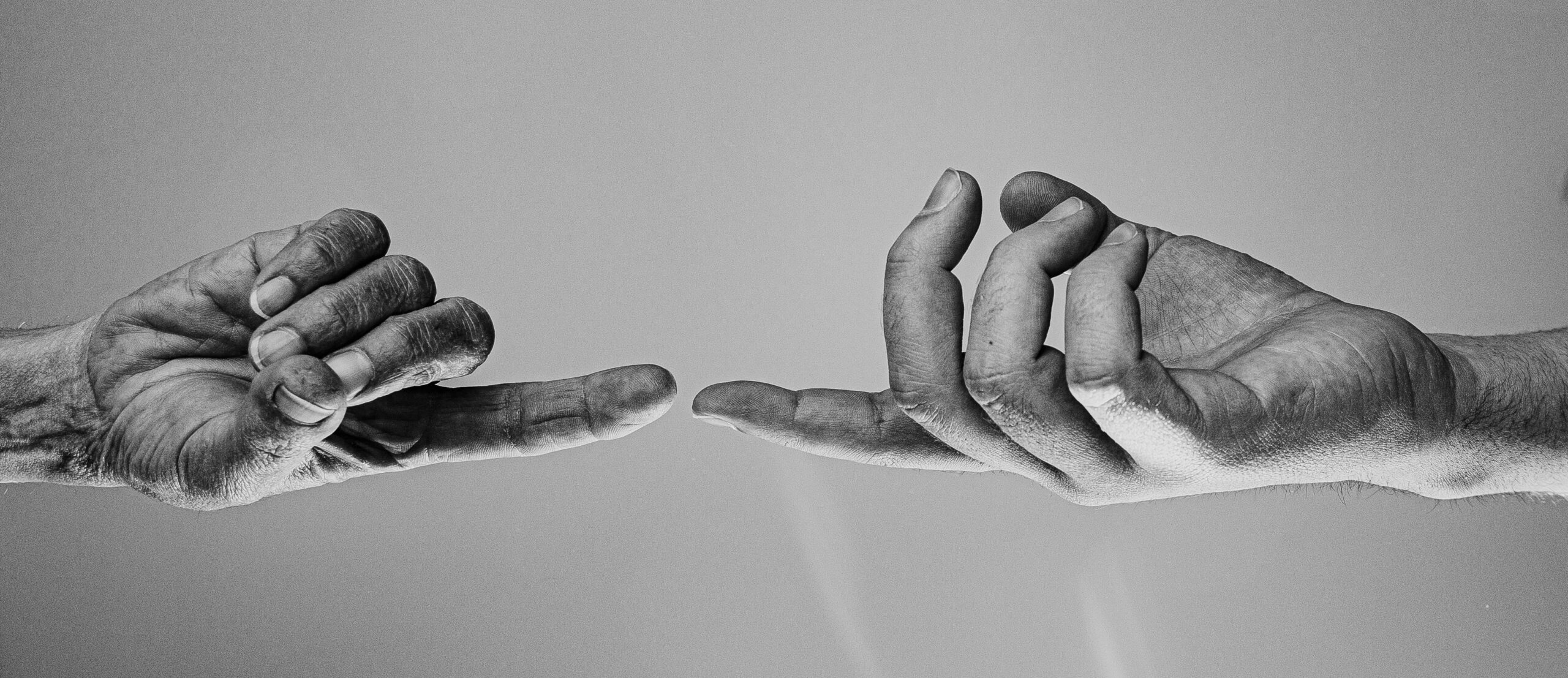Micro-Expressions: What They Tell Us Without Words Today
In a world driven by communication, what we say often takes center stage. But beneath our words, there’s a silent language that speaks volumes—micro-expressions. These fleeting facial movements occur in a split second, yet they can reveal what someone is truly feeling, even when they try to hide it. From uncovering lies to strengthening human connections, understanding micro-expressions can change how we read the people around us.
What Are Micro-Expressions?
Micro-expressions are involuntary facial expressions that flash across a person’s face in less than half a second. Unlike regular expressions, they’re automatic responses to emotions—meaning we can’t control them. These expressions expose genuine feelings like fear, happiness, anger, sadness, surprise, contempt, and disgust.
For example, someone might say they’re fine, but their face may briefly show a flash of fear. That’s a micro-expression—one that contradicts their words and tells a more honest story.
Why Micro-Expressions Are So Powerful
While body language gives us general clues, micro-expressions are laser-sharp indicators of emotional leakage. Because they happen so quickly, they bypass conscious control. This is what makes them powerful: they offer unfiltered glimpses into a person’s inner state.
They’ve been used by law enforcement, negotiators, and even therapists to better understand others. Dr. Paul Ekman, one of the pioneers in facial expression research, developed the Facial Action Coding System (FACS) to decode these subtle expressions with precision.
Common Micro-Expressions and Their Meanings
Here are some of the most studied micro-expressions and what they usually mean:
-
Happiness: A quick lift in the cheeks and crow’s feet near the eyes (a genuine smile).
-
Sadness: Drooping eyelids and lips, often with a furrowed inner brow.
-
Anger: Tight lips, flaring nostrils, and glaring eyes.
-
Fear: Raised eyebrows and upper eyelids, tensed lower eyelids, slightly open mouth.
-
Surprise: Raised eyebrows, wide eyes, dropped jaw.
-
Disgust: Wrinkled nose, raised upper lip.
-
Contempt: A smirk or one-sided lip raise.
These may last for just 1/25 of a second, but when you learn to spot them, you see what words can’t hide.
Where You See Them in Real Life
Micro-expressions aren’t just for crime shows or courtroom dramas—they’re part of everyday life.
-
Job Interviews: A candidate may say they’re confident, but a flicker of fear or insecurity might flash across their face.
-
Relationships: A partner may claim they’re not upset, but a fleeting expression of anger can suggest otherwise.
-
Negotiations: Spotting subtle signs of hesitation or discomfort can give you an edge.
-
Parenting: A child may say they didn’t do something wrong, yet a momentary look of guilt may appear.
As a result, reading micro-expressions offers an extra layer of understanding in both personal and professional settings.
Can You Train Yourself to Read Them?
Yes, absolutely. Recognizing micro-expressions is a skill—and like any skill, it gets better with practice.
Here’s a simple beginner’s guide:
-
Learn the Basic Emotions: Familiarize yourself with the seven universal micro-expressions.
-
Watch in Slow Motion: Practice by watching interviews or videos at slower speeds to catch fleeting facial changes.
-
Use Training Tools: Resources like the Micro Expression Training Tool by Paul Ekman can help.
-
Practice in Real Life: Observe people in conversations and see what expressions pop up in moments of emotion.
While it takes time, training your brain to notice these micro-cues can dramatically improve your emotional intelligence.
Why Are They So Short?
Micro-expressions are short because they’re connected to our limbic system, the part of the brain that controls emotions. Before we can filter our reactions, our face responds. But since our rational brain kicks in almost immediately, we quickly mask or suppress those expressions.
That’s why they’re called micro—they happen fast, and they’re hard to fake.
The Role of Paul Ekman and FACS
If you’ve ever watched the show Lie to Me, you’re already familiar with Dr. Paul Ekman. He studied facial expressions across cultures and found that people around the world show the same emotional expressions.
He created FACS (Facial Action Coding System), a detailed manual to analyze every tiny muscle movement on the face. It’s still used by security agencies, psychologists, and behavioral experts worldwide.
Micro-Expressions vs. Body Language
While both reveal emotional truth, they work differently. Body language is often more deliberate—like crossing arms or leaning away. In contrast, micro-expressions are instant and harder to fake or manipulate.
They complement each other, offering a full emotional picture when observed
FAQ Section
Q: What’s the difference between a micro-expression and a regular facial expression?
A: A micro-expression is brief and involuntary. A regular expression may last longer and can be controlled or faked.
Q: Are micro-expressions reliable in detecting lies?
A: They can hint at hidden emotions, which may signal deception, but should be interpreted alongside other cues.
Q: Can micro-expressions vary by culture?
A: Basic micro-expressions are universal, although their interpretation may vary slightly in different cultural contexts.
Q: Is it ethical to read people’s micro-expressions?
A: Like any skill, it depends on how it’s used. When used responsibly, it can improve empathy and communication.
Final Thoughts
Micro-expressions may be fleeting, but their impact is lasting. They allow us to see past the surface, into the hidden feelings of those around us. Whether you’re in sales, law, healthcare, or simply trying to become more emotionally aware, learning to read micro-expressions can deepen your connections and sharpen your intuition.
Next time you speak with someone, look beyond their words—and into the truth that flickers across their face.





